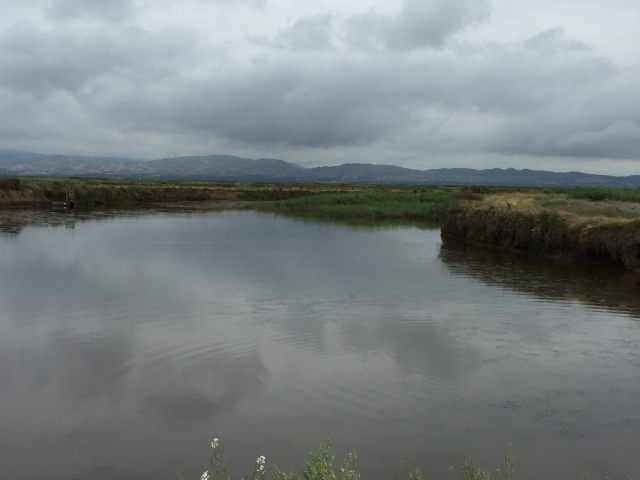
Hiking at a wildlife refuge? That’s what I thought at first too. I mean, aren’t those usually for hunting and fishing? Still, I decided to give it a try though after reading a trip report on another hiking blog. That and I wanted to do a hike that was easy but didn’t have to drive very far. This completely fit the bill. Despite it being close to my home in Vacaville, it’s still a bit of a drive outside of Suisun City, the closest town. You have to drive all the way to the end of Grizzly Island Road where it turns to gravel. Although there are many trails at the refuge,
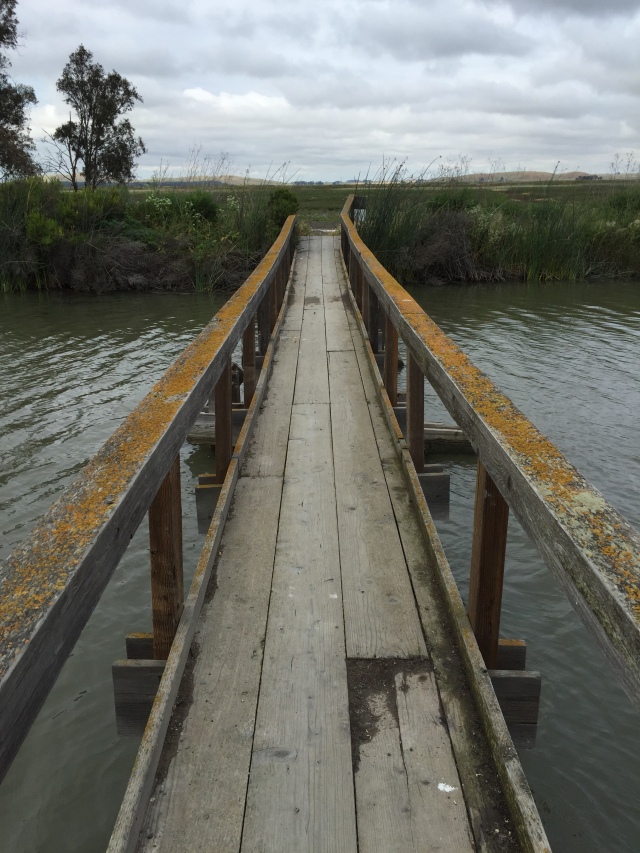
I started out at parking area #3 and hiked south across the footbridge. I definitely recommend parking area # because right next to it, there is a very large eucalyptus tree that can be seen from any point during your hike. That way, if you’re not sure where you are in relation to the parking area you can orient yourself.
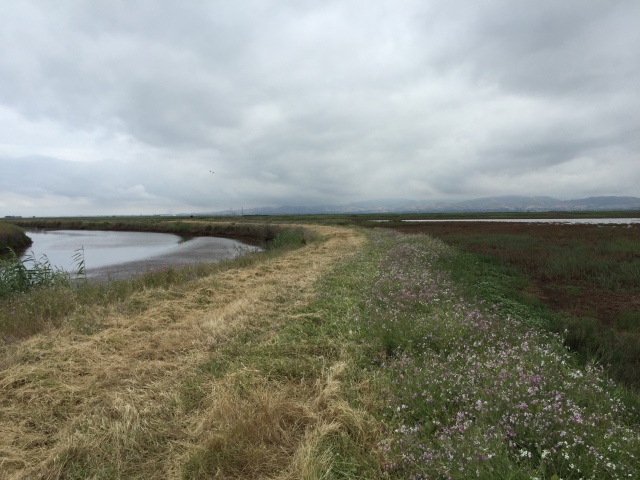
The first thing you’ll notice about trails at Grizzly Island is that they’re different from most trails you’ve probably hiked on before. First off, they’re wide and flat. Not too unusual and understandable given the flat topography of the marsh. Second, they appear to have once overgrown with grass and weeds, then mowed down with a ride on mower. As a result of this it can feel like you’re wading through grass in a sense, though it doesn’t come above your ankles. Still it’s not too bad given that everything out here is flat.
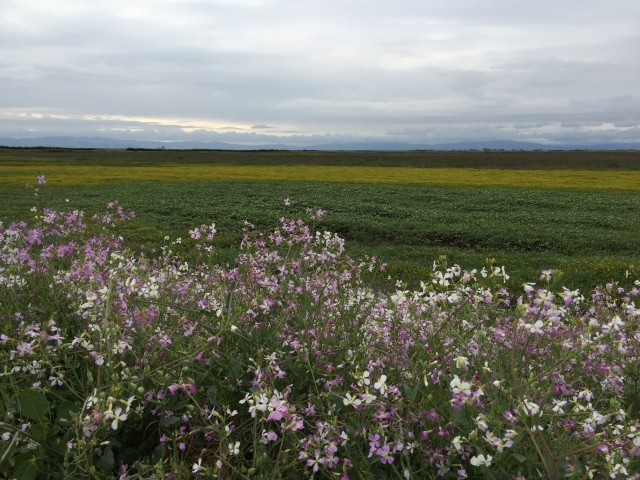
From the moment I started the hike, I noticed three things: how quiet it was out there, how much wildlife there was, and how really pretty the marsh can be at dusk! It was a really cool experience. I grew up in Suisun and have visited the marsh countless times, but on this hike I felt like I was seeing it in a whole new light. It had recently rained earlier in the day so the combination of everything looking fresh and green with the wide open, cloud filled sky made everything look so serene. The trails were lined with purple wildflowers and the waters shone in the waning light. Not too shabby for only being a wildlife refuge! As I hiked south along the trail from the parking area, I started to see lots of birds frolicking in the water, especially cranes and ducks. After a half mile I saw two tule elk dart across the trail and run across the marsh. It was magnificent to watch them run. Another half mile later I even heard a coyote in the distance! Thankfully I never saw it close enough to me…but it was cool to listen to.
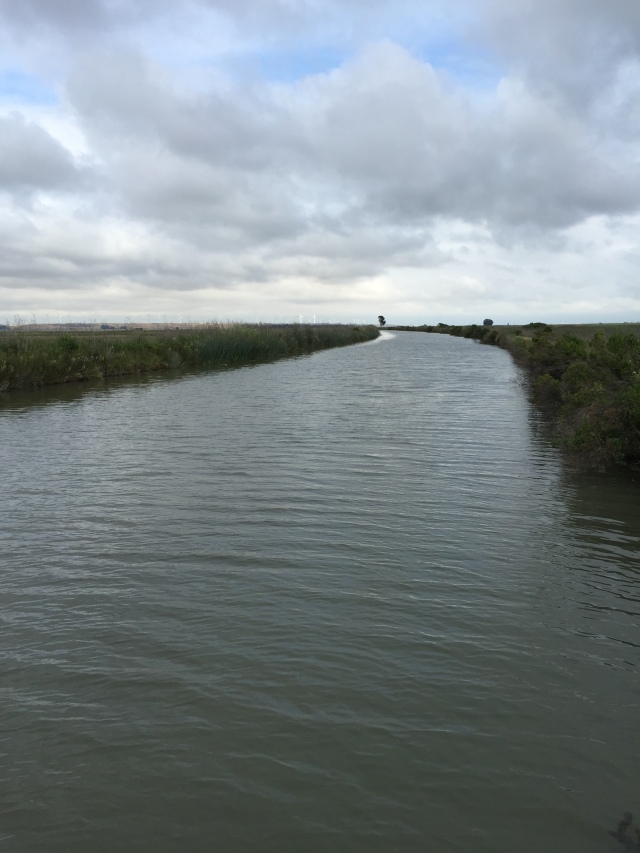
There are many trails at the refuge and it’s pretty easy to just pick what strikes your fancy. I wanted to make a loop, so at the second slough crossing I made a right and headed east along the south side of the slough. Here the number of birds thickened and many of them took flight as I approached. I hiked east along the slough and crossed over to the north side at the first opportunity. On the other side of the slough the path was more dirt than mowed grass, a welcome sight. After a short amount of backtracking I turned right and took the trail back to Grizzly Island Road. At this point I just hiked along the gravel road back to the parking area.
Trip Stats
Distance: 4 miles
Elevation gain: Negligible (trail is completely flat)
Time: 2 hours
Fees: $4.32 entrance fee (why the exact amount I have no idea). Payable at the self serve kiosk by the park office
Directions: From Highway 12 in Suisun, turn onto Grizzly Island Road near the Sunset shopping center. Drive south into the marsh for about 10 miles until you reach the park office. Pay the entrance fee and then drive for another 2-3 miles on Grizzly Island Road (now gravel) until you reach parking area #3 marked by the eucalyptus tree.
Trail map from the California Department of Fish and Wildlife found here.







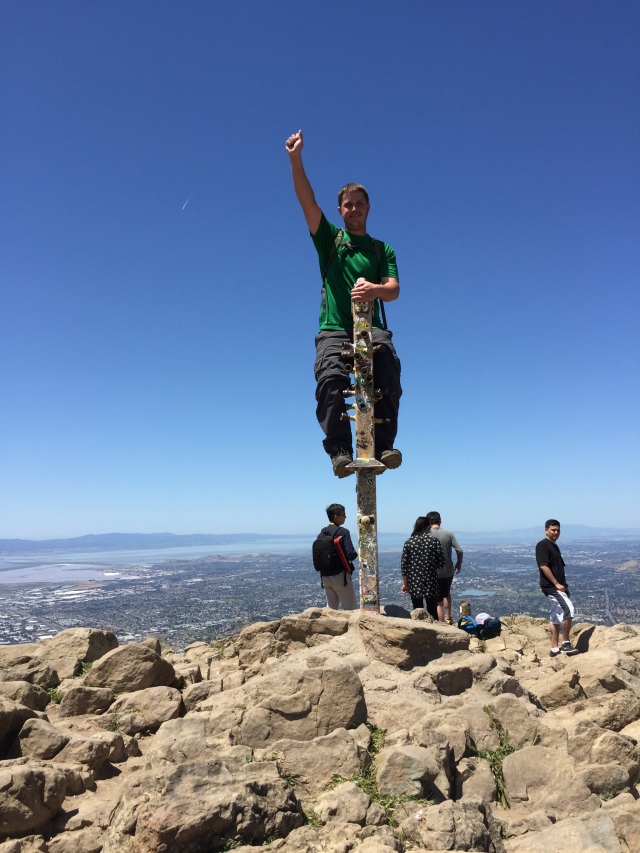
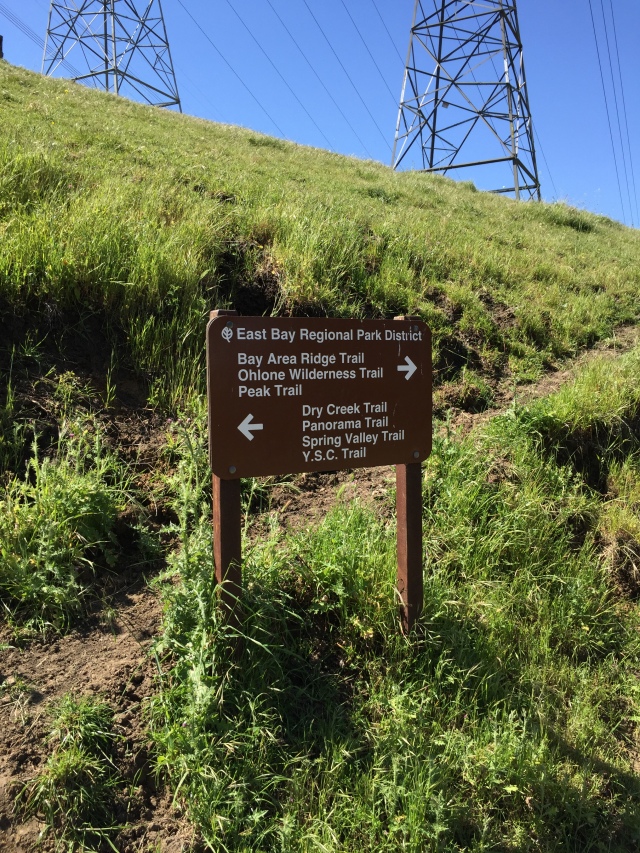
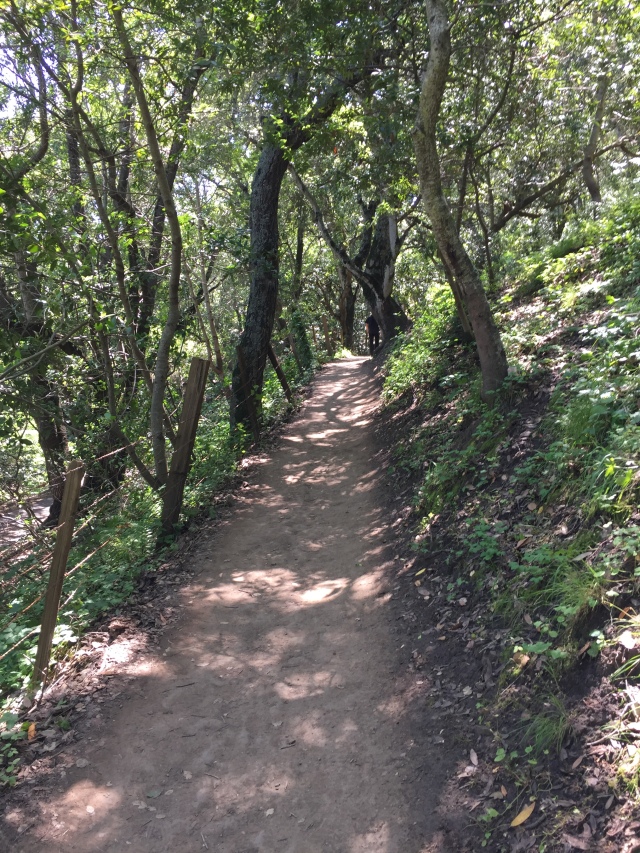
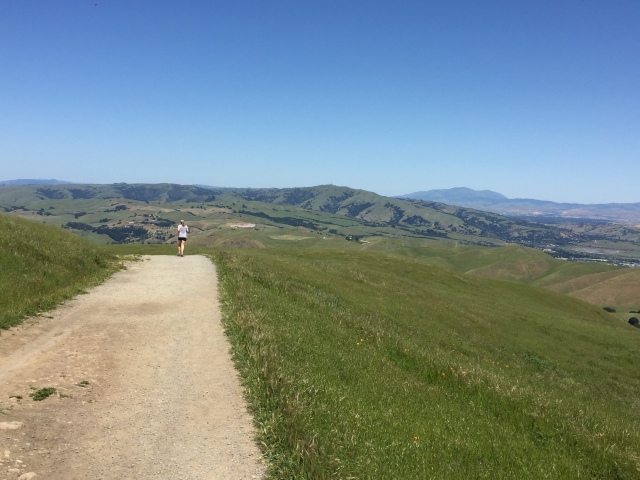
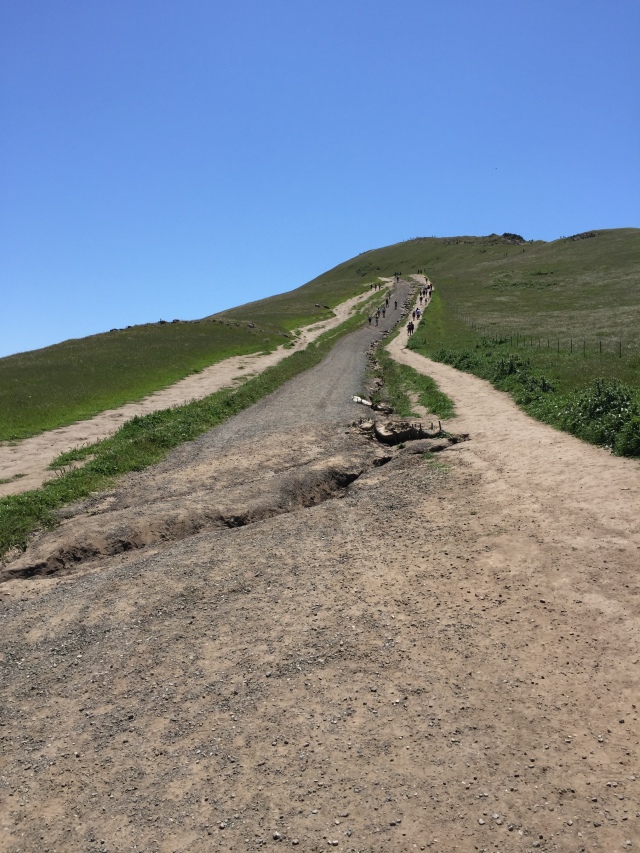
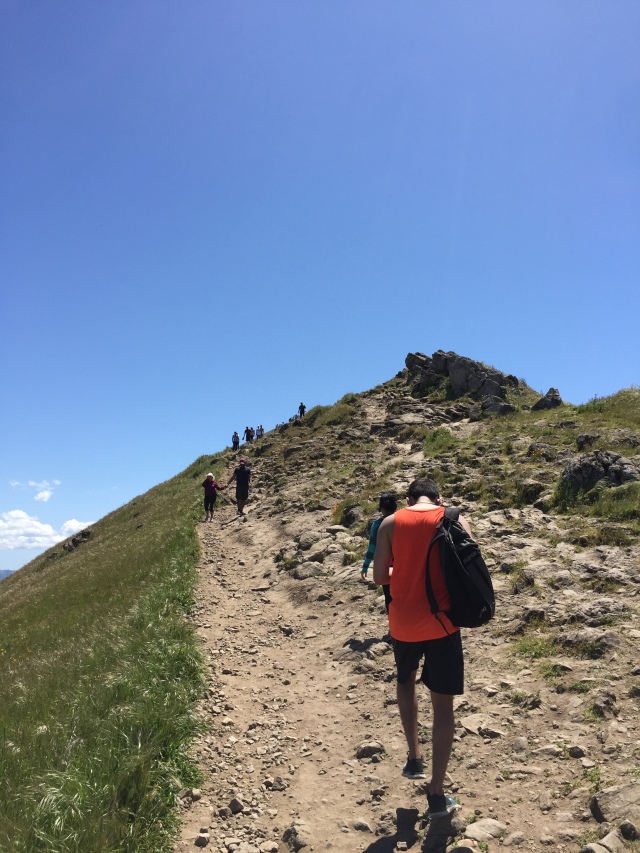
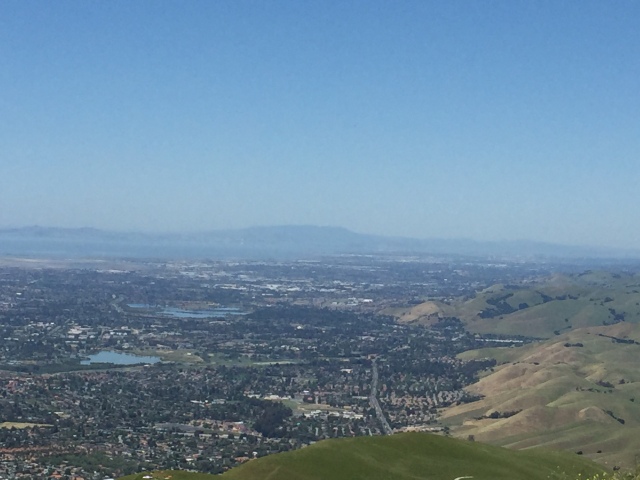
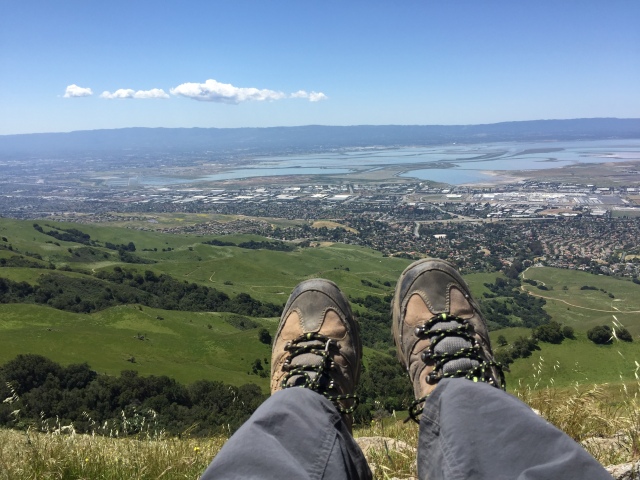
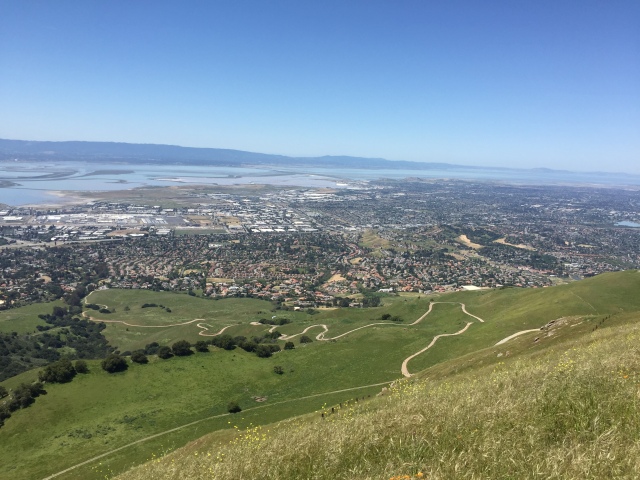
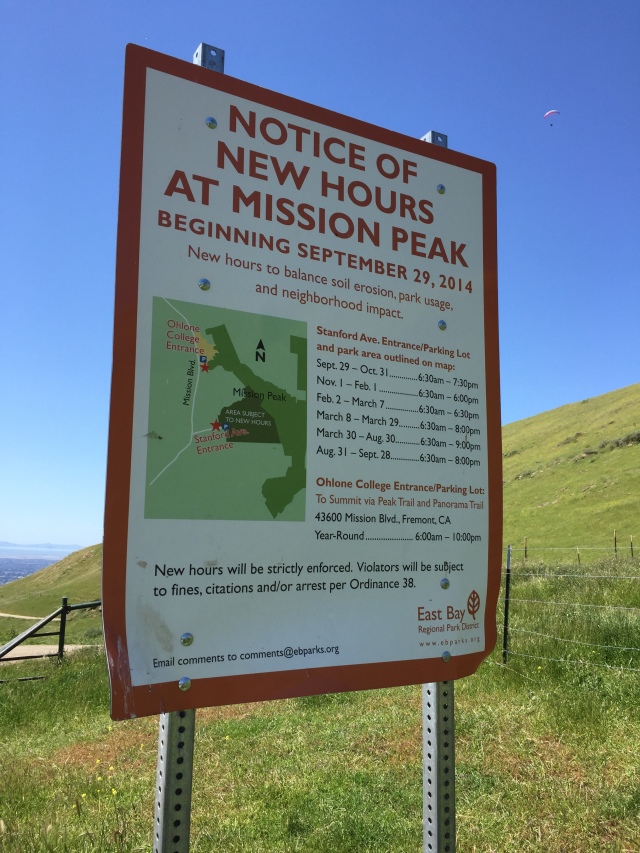








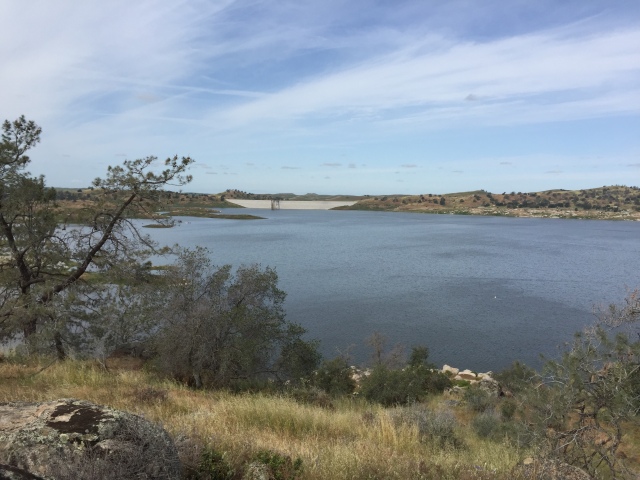
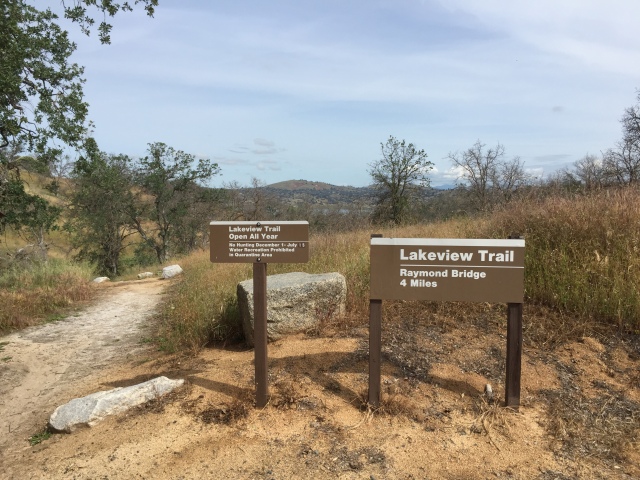
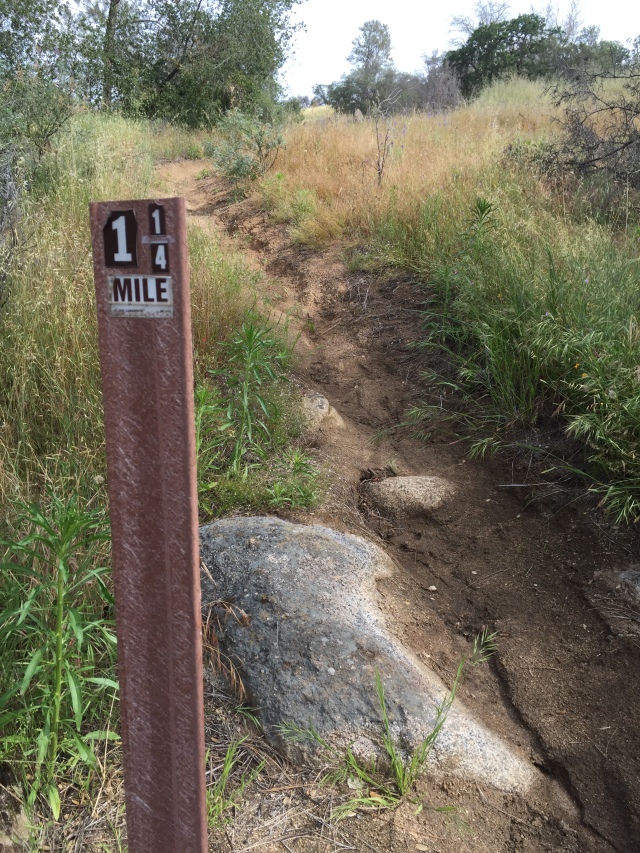
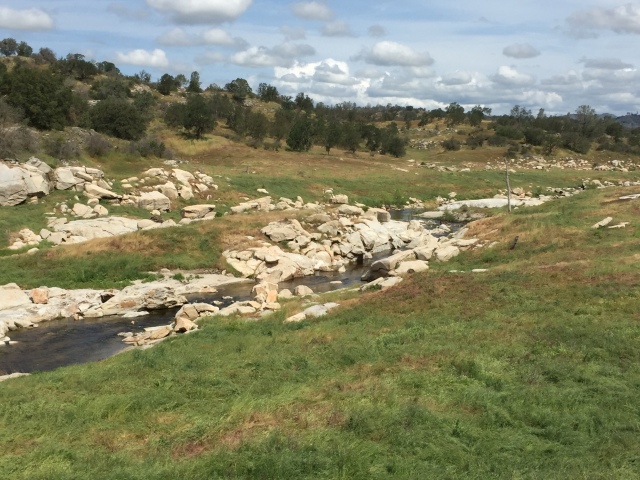
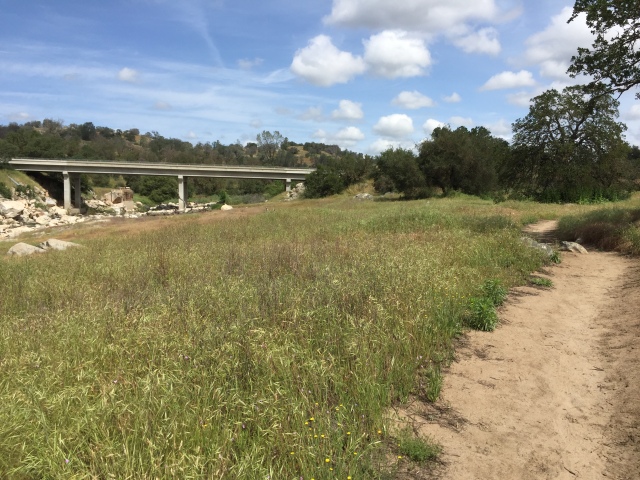
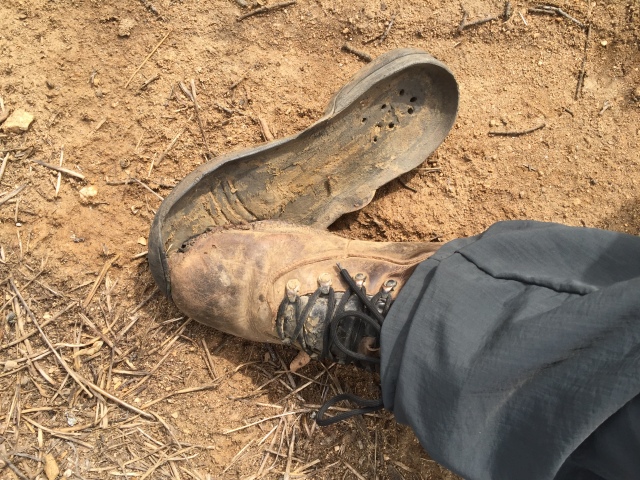
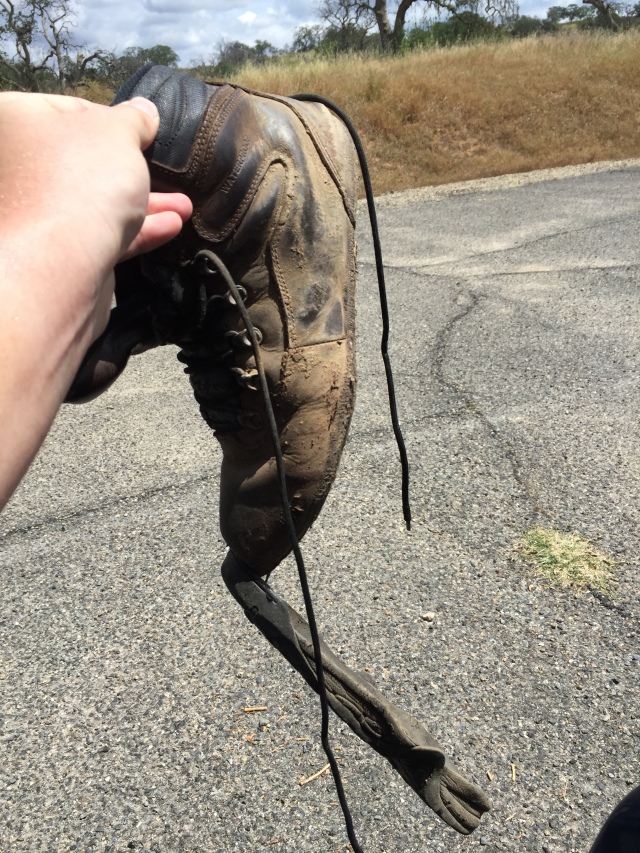









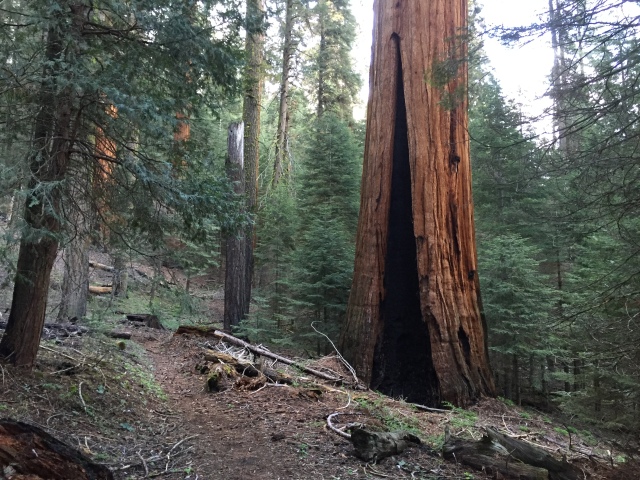
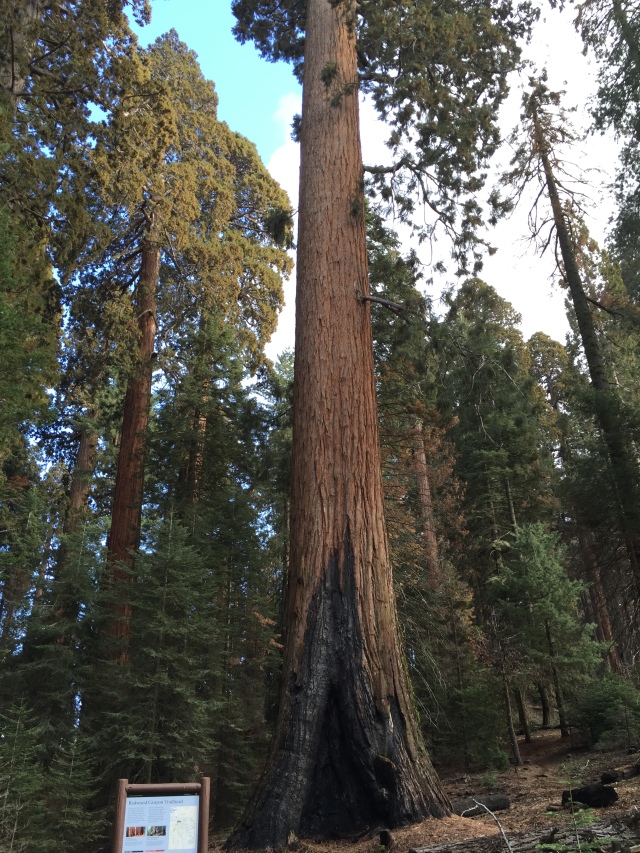
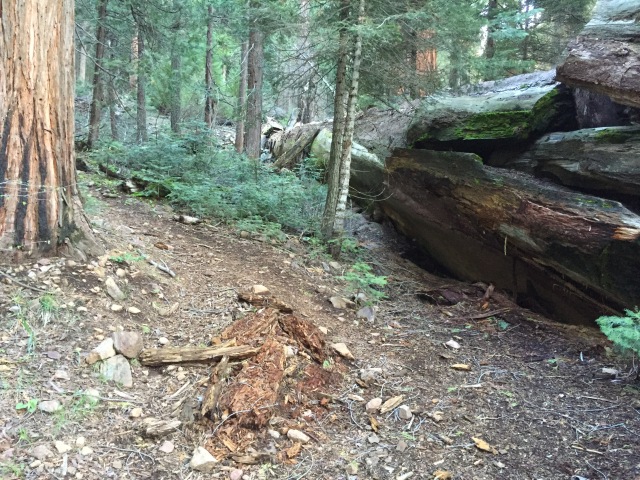
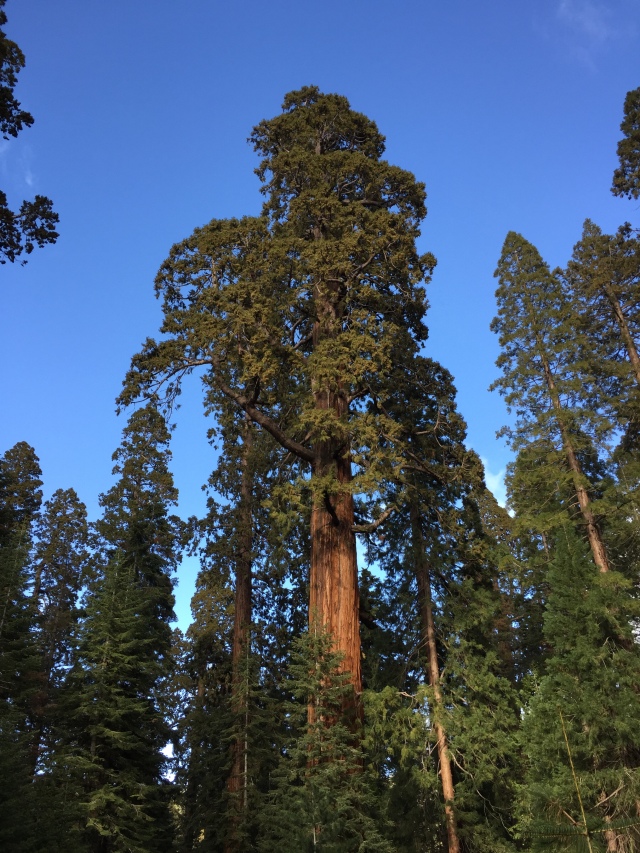





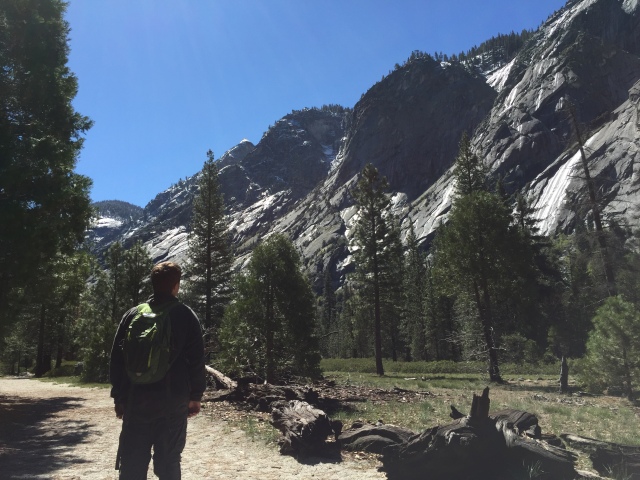
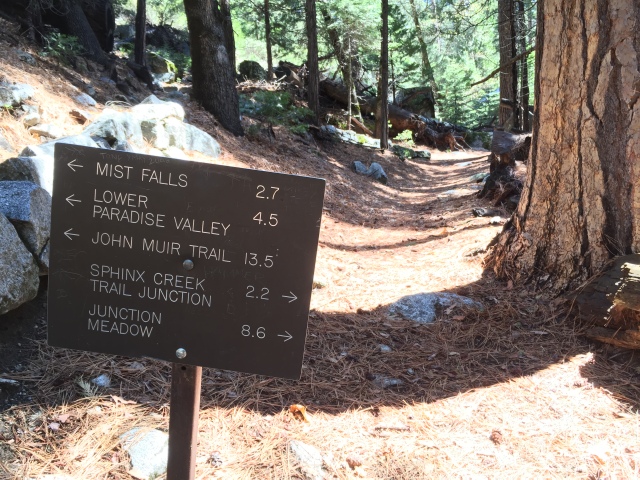
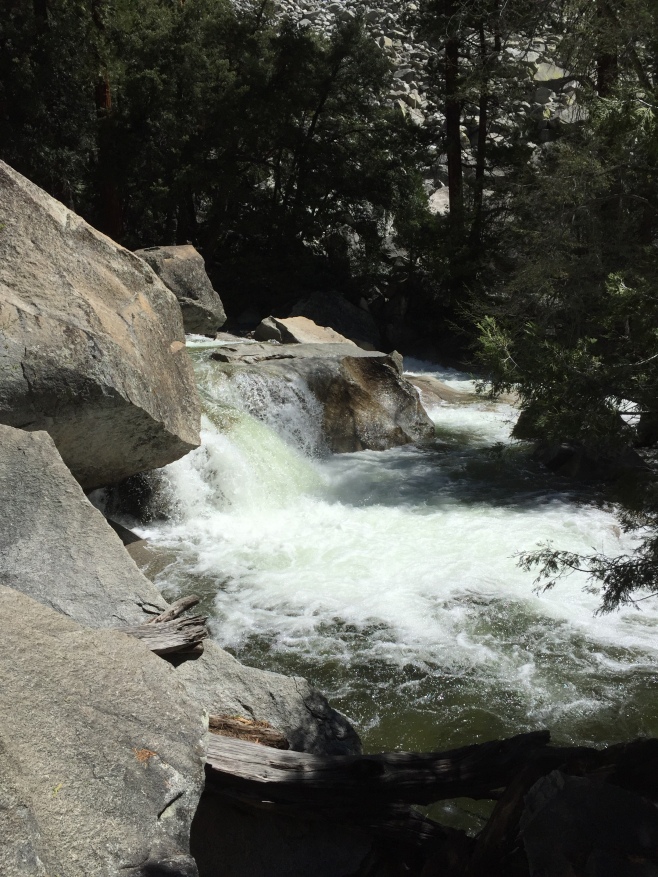
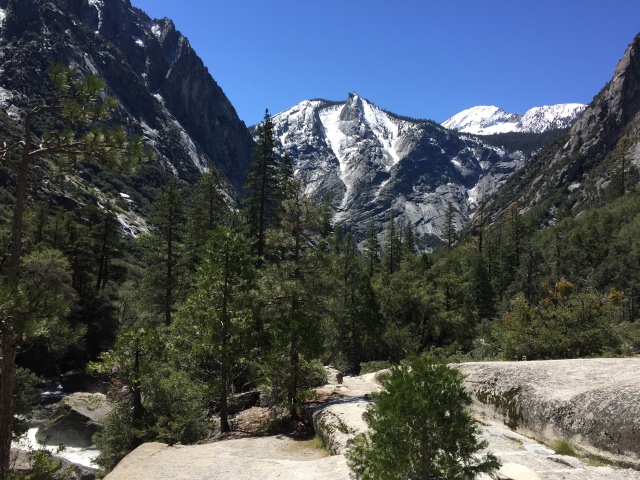
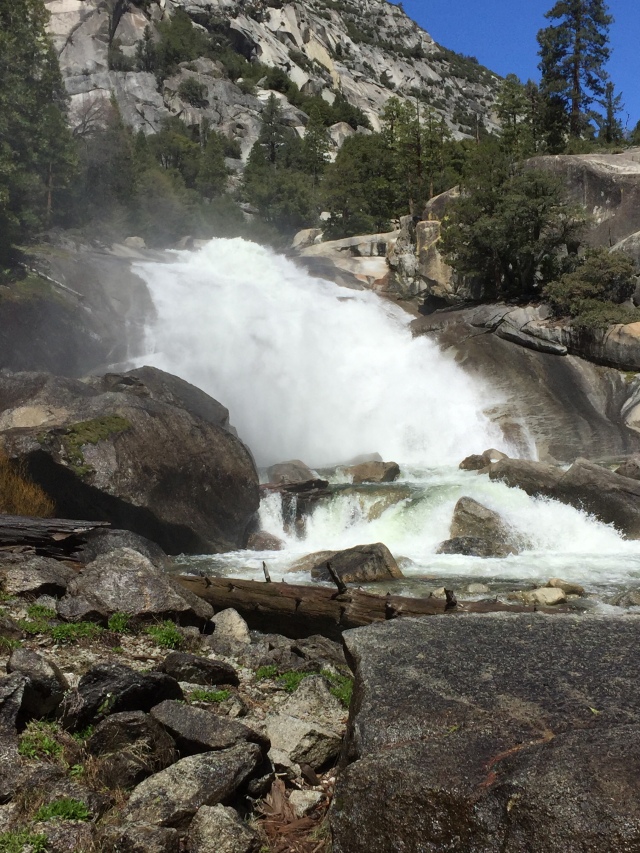
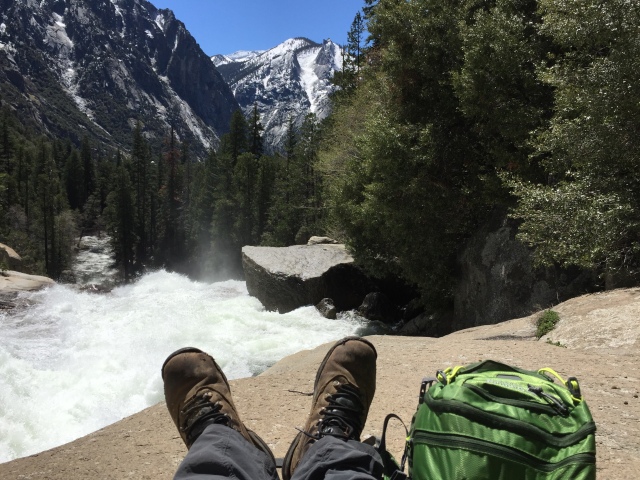
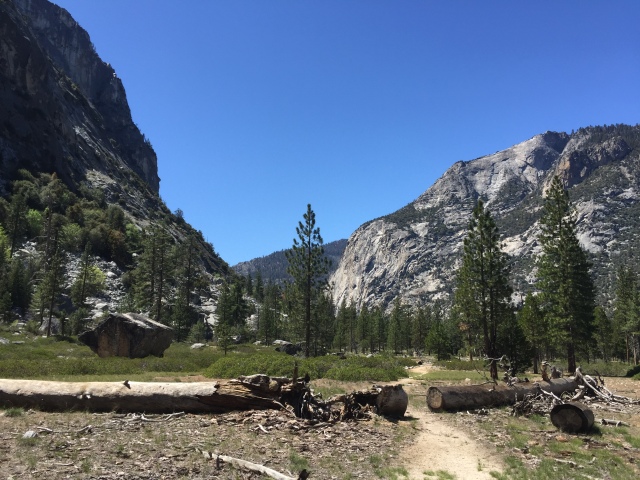
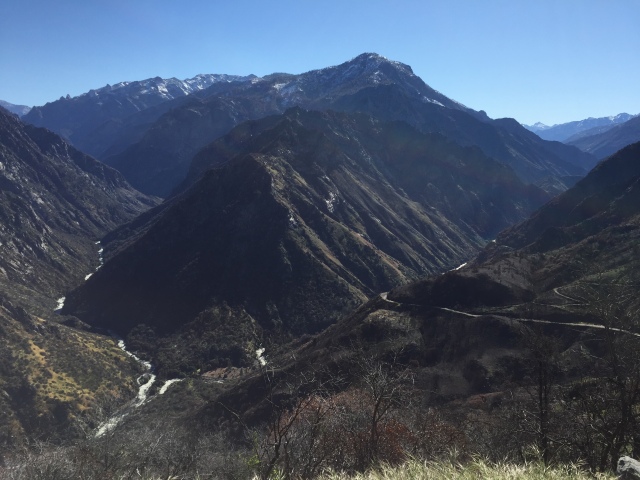















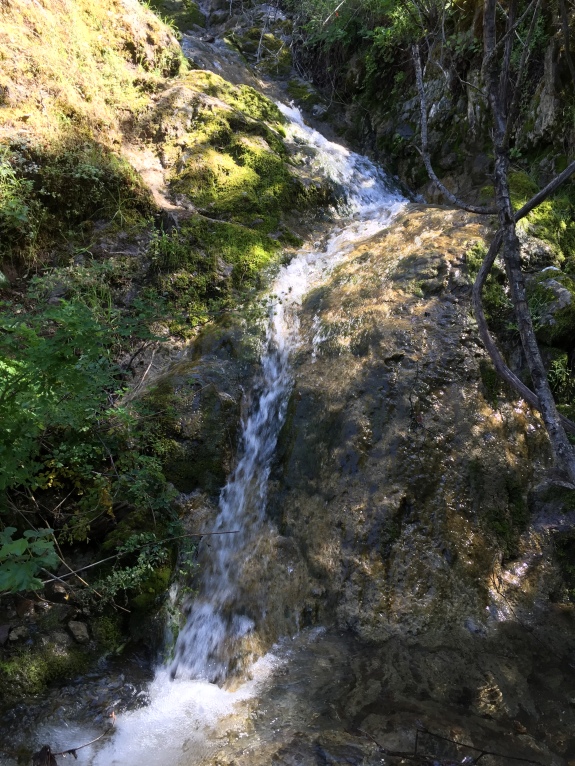
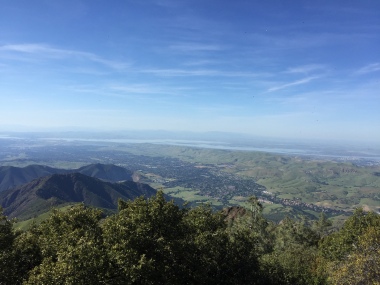
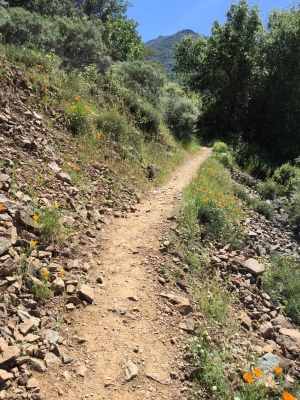 Once you reach the Falls Trail, it starts to level out again and follow the ridge. Careful here though, the trail is narrow and there’s a fairly steep drop off. Shortly after, maybe another half mile, you’ll start to see the falls. Some of them spill over the trail while a couple others you’ll see from a distance. Just keep following the trail, and you’ll keep seeing waterfalls. They make great stops for lunch, as I did at one of the smaller falls. Even when you’re not looking at waterfalls, you have a rushing creek and ferns to look at. It’s all very surreal to think that you’re still on Mt. Diablo! Take it all in and take it slow, it’s a sight to behold. If you continue to follow the Falls Trail, you’ll eventually reach Meridian Ridge Road. Turn right here and it will take you back to the Donner Creek fire road that will take you back to the parking area.
Once you reach the Falls Trail, it starts to level out again and follow the ridge. Careful here though, the trail is narrow and there’s a fairly steep drop off. Shortly after, maybe another half mile, you’ll start to see the falls. Some of them spill over the trail while a couple others you’ll see from a distance. Just keep following the trail, and you’ll keep seeing waterfalls. They make great stops for lunch, as I did at one of the smaller falls. Even when you’re not looking at waterfalls, you have a rushing creek and ferns to look at. It’s all very surreal to think that you’re still on Mt. Diablo! Take it all in and take it slow, it’s a sight to behold. If you continue to follow the Falls Trail, you’ll eventually reach Meridian Ridge Road. Turn right here and it will take you back to the Donner Creek fire road that will take you back to the parking area.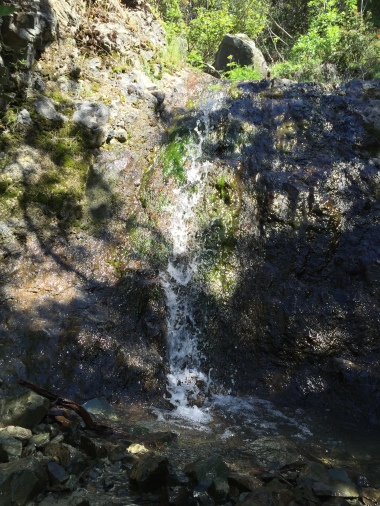 It’s got a bit of elevation gain (about 1,000 feet), but the views and sights that you see make it well worth it. This hike must be timed correctly though. By late spring/early summer the falls are dry and won’t start up again until the following winter. It would still be a nice hike other times of year, just without the waterfalls. Plus another tip, if you’re willing to pay the $10 and make the drive, I would recommend driving to the summit of Diablo. The views are absolutely incredible!
It’s got a bit of elevation gain (about 1,000 feet), but the views and sights that you see make it well worth it. This hike must be timed correctly though. By late spring/early summer the falls are dry and won’t start up again until the following winter. It would still be a nice hike other times of year, just without the waterfalls. Plus another tip, if you’re willing to pay the $10 and make the drive, I would recommend driving to the summit of Diablo. The views are absolutely incredible!







